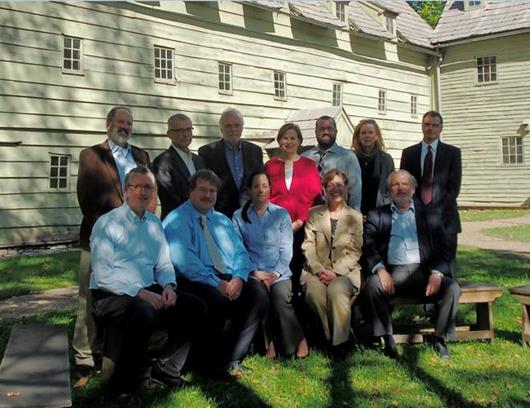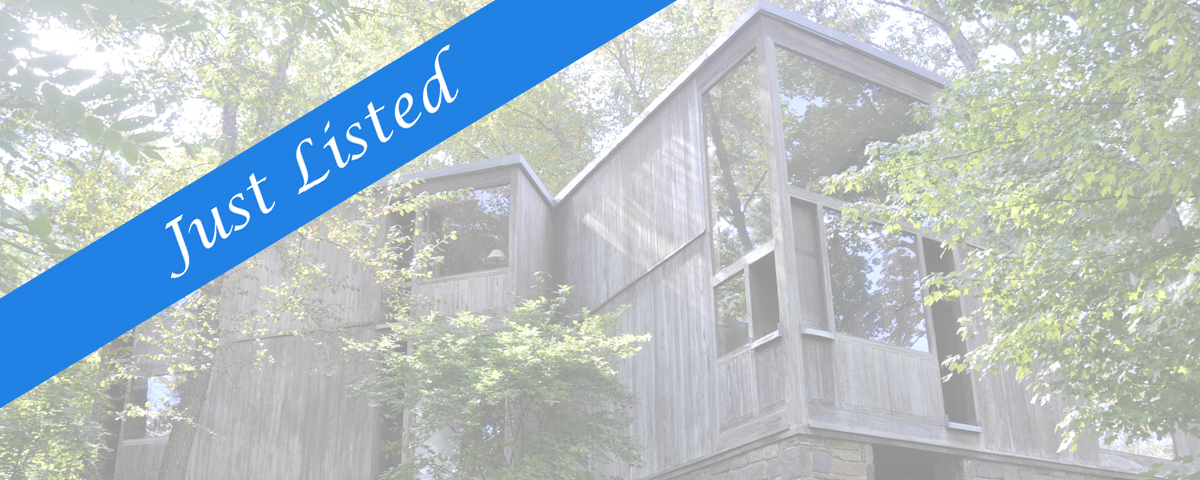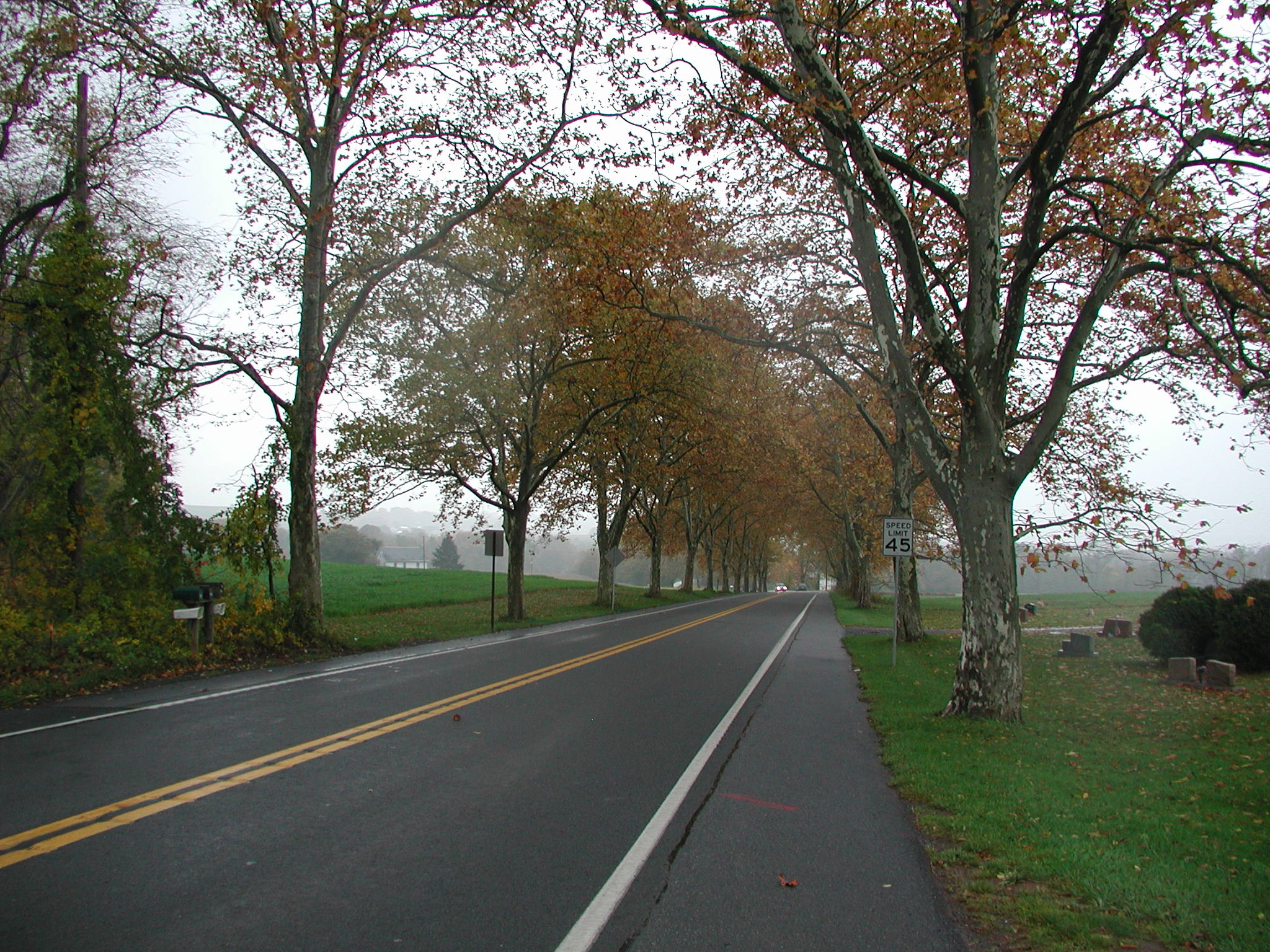Western Pennsylvania has been a hotbed of National Register activity during the past year. From three Washington County farms, to an industrial facility and a Salvation Army building in Pittsburgh, to a Masonic lodge in Latrobe and a synagogue in Brownsville, the National Park Service has recently listed an eclectic variety of properties in that part of the state.
Author: Bryan Van Sweden
Bryan Van Sweden works in the PA State Historic Preservation Office, where he provides communities in Central Pennsylvania with technical assistance on ways to preserve their historic buildings and neighborhoods, and he coordinates the SHPO's programs with local planning and community revitalization efforts. In particular, he is actively involved with the South Mountain Partnership and has worked with several counties and regional planning organizations on their Long Range Transportation Plans. Prior to serving in this position, Bryan managed the Historical and Museum Commission's Keystone Historic Preservation Grant Program. His experience includes teaching classes in Architectural History at Harrisburg Area Community College and Thaddeus Stevens College of Technology and offering walking tours and presentations on local architecture in more than 20 communities throughout the state.

Pennsylvania’s Historic Preservation Board: Past, Present, And Future
It’s been a happy convergence of events. As planning started for the 50th anniversary of the National Historic Preservation Act (NHPA) of 1966, the PA State Historic Preservation Office announced its new name and is currently rehabilitating its office space, adapting and reusing the staff’s original office cubicles from Y2K. All that reorganizing has uncovered some long forgotten records that had been packed up and moved to the Commonwealth Keystone Building when the staff relocated here from their original home on the fifth floor of the State Museum Building. These files are an interesting look back at the early years of the federal/state partnership in historic preservation and the Historic Preservation Board. Continue reading
Over the past several years the Pennsylvania Historical and Museum Commission has developed an innovative partnership with the Pennsylvania Department of Transportation (PennDOT) and the Federal Highway Administration (FHWA) to provide regional Metropolitan Planning Organizations (MPOs) and Rural Planning Organizations (RPOs) with free technical assistance to help them develop their Long Range Transportation Plans (LRTP). Supported by funding from FHWA, the goal is to encourage these planning organizations to integrate cultural resources and historic preservation issues into their transportation planning. Continue reading
In the bill authorizing funds for recovery from Hurricane Sandy, Congress allocated $50 million to the National Park Service (NPS) specifically for projects related to historic properties in the affected states. The majority of these funds were directed to New Jersey, New York, Rhode Island, and Connecticut, while the rest was made available on a competitive basis to other states in the region. The Pennsylvania Historic Preservation Office submitted their request for funding to the NPS in July, and in December the Park Service announced that the Commonwealth had been selected for a $1.5 million grant, the largest amount awarded through the competitive funding process! The staff is now working to finalize the scope of the project and to move forward with the next steps. Continue reading

Conservation Landscape Initiatives: A Growing Opportunity for Preservation Partnerships
The Conservation Landscape Initiatives (CLI) were established by the Department of Conservation and Natural Resources (DCNR) as an integrated approach to strategically investing the agency’s time and funding to protect, conserve, and enhance some of the state’s most important landscapes. Instead of working exclusively within the state park and forest boundaries or supporting a municipal park or trail, DCNR has developed partnerships with a variety of counties, communities, and nonprofit organizations as a way to effectively foster local conservation efforts in the seven multi-county CLI regions. Continue reading



Recent Comments